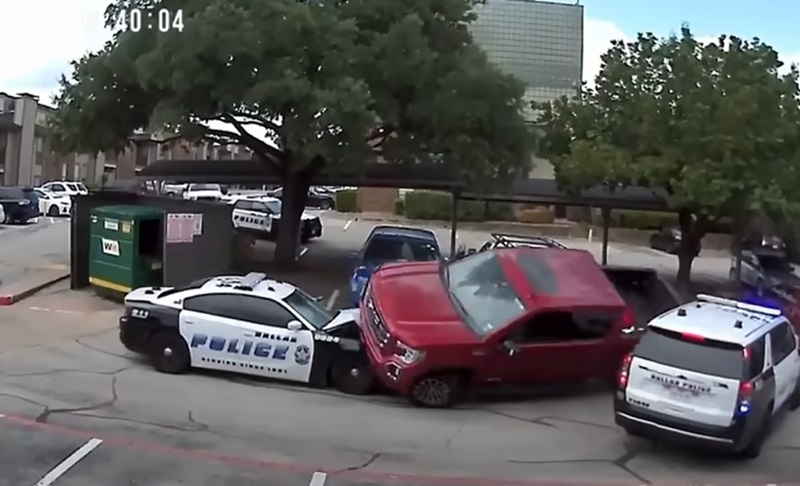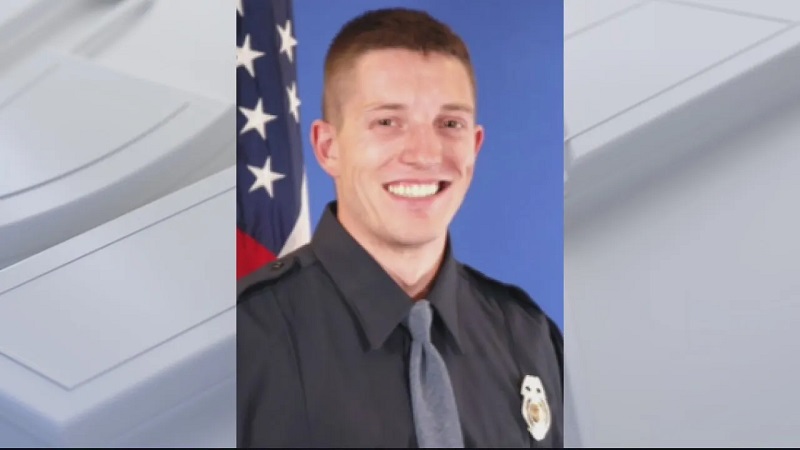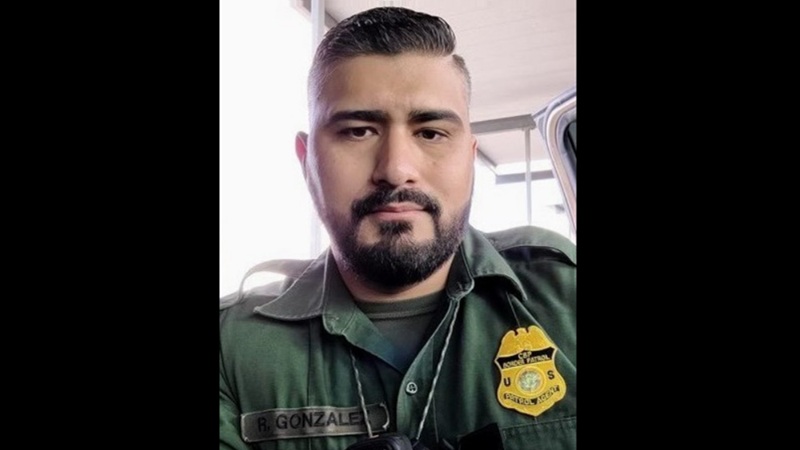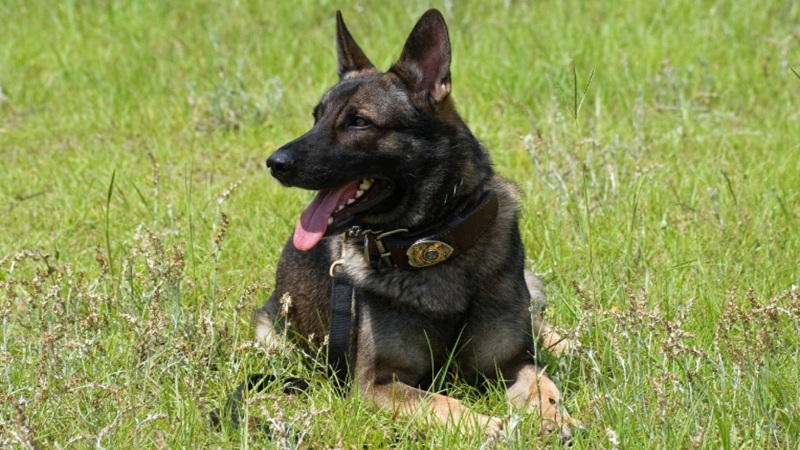
Patrol cars are a rapid response delivery system and the daily office for the patrol officer. What they are not is a safe place for the officer.
On July 17th, 2024 a James City County Police Department, VA patrol car was struck by rifle fire. Officers were attempting to locate a suspect in a road rage incident in the suspect’s neighborhood. When shots rang out from an unknown direction. Within five minutes, the barrage of fire left over 100 bullet holes in the marked unit with officers inside unable to find a target to return fire. The suspect, apparently on his own initiative, surrendered and was arrested. No officers were shot, although one officer was hospitalized after being struck by bullet fragments.
One week later in Dallas, TX, officers were investigating a stolen truck. During the contact, the driver of the truck rammed a patrol car, ending up on top of the front of the car as four persons jumped from the truck, at least one of whom was armed with a handgun. Although the officer’s airbag deployed, no officers were injured. One juvenile suspect was shot by an officer who fired from within their patrol car. One person remained at large, others were arrested at the scene after a foot chase.
The previous month a detective with the Oakland County, MI Sheriff’s Department was doing surveillance in an unmarked police vehicle on a suspected stolen car. Bradley Reckling, a nine-year law enforcement veteran and father of four, was shot in the head, chest, and torso when the occupants of the stolen vehicle suddenly stopped and ambushed the officer.
With rare exceptions, police patrol vehicles have no more protection for the occupants than any other car on the road. In Texas, after the shooting of two state troopers in 2021, the legislature mandated bullet-resistant windshields on Department of Public Safety trooper’s vehicles. Efforts are underway to get state funding so that other law enforcement agencies can follow suit.
A non-profit group, Operation Safe Shield, is raising funds to help equip local Texas law enforcement with protective glass. An American manufacturing representative of the protective technology assures officers that, while the glass will stop most bullets from penetrating the glass, shots fired from inside the patrol vehicle can still be brought to bear on an attacker outside. At about $9,000 to retrofit cars with the special glass, the process takes about three hours for installation with some modification of the power window mechanism.
Despite what is often depicted in television and movies where officers duck behind their patrol car’s open door for cover from gunfire, those doors offer poor protection from incoming rounds. It is better than nothing, and likely better than being trapped in the car where movement is restricted. Officers are trained to get behind an object that has the best protection from incoming rounds. A car door offers no protection to the lower legs and offers poor options for returning fire without exposing more of the body than is absolutely necessary to find and engage the target. If an officer can get the engine block or wheels between them and the shooter, incoming rounds are less likely to find their mark.
Ford began offering ballistic door panels on its police Interceptor package in 2008 with an upgrade to rifle-rated protection more recently. There are commercially available ballistic door panels available to retrofit other patrol vehicles. The idea of having increased armoring of the standard police car is becoming less exotic, just as the advent and development of body-worn armor has become standard gear for patrol officers.
Considering the significant investment in equipping a patrol car and officer, adding items that keep officers safer from ambush may seem expensive, but always less than the death or disability of an officer.
Support the National Police Association






